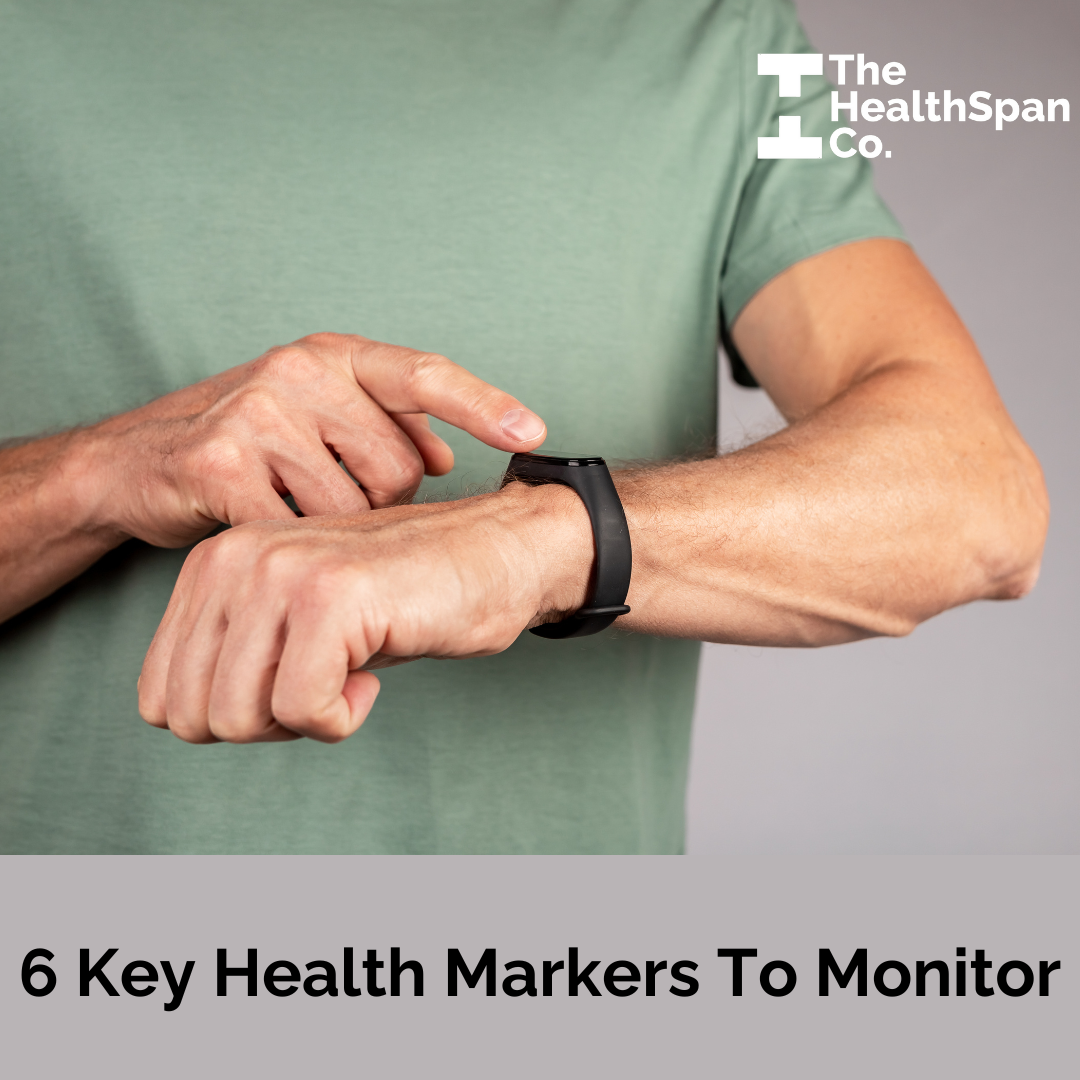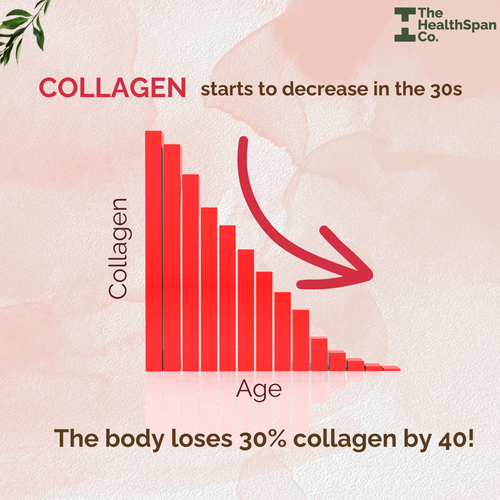
6 Health KPIs To Include In Your Resolutions This Year
There are so many wearables and metrics that scream fitness every day, but what are the few, important and easy ones to track? Here are some of our recommendations to integrate into your resolutions this year.
1. Body Mass Index (BMI) < 25
The OG of Health KPIs. BMI is calculated as (body weight) / (height^2) and has been around since 1972. It was originally created for Belgian men and gained popularity because of its simplicity in measurement as all you need is a weighing scale and a measuring tape.
However, BMI alone is not a great health marker because our body weight includes muscle mass, which is in fact good; but BMI would label a gym bro “unhealthy” for crossing the 25 mark. Not to mention Belgian men have a very different genetic makeup from, say, Indian women.
BMI, however, makes it to this list as it offers a simple starting point.
Measure this at home with a weighing scale and measuring tape.
2. Waist circumference < half of height
This is a better metric to BMI where waist circumference is recommended to be 40% of height for men and 50% for women. It's preferred to BMI as it's an indicator of visceral fat, which is the fat that surrounds our organs, typically within the waist. This metric is also simpler to calculate than BMI as it only requires a measuring tape.
I've also noticed that a lot of people in India don't meet this KPI, even though they may meet the BMI criteria. Indicating that BMI should be used along with this metric to make more accurate assessments.
Measure this at home with only a measuring tape.
3. Blood Pressure = 120/80 mmHg
This is the clearest indicator to a healthy heart. High blood pressure (Hypertension) makes the heart work harder, which can lead to heart failure. Low blood pressure (Hypotension) causes lesser oxygen to reach the organs which can lead to dizziness and eventual organ damage.
Staying within a healthy blood pressure range is critical.
Measure this with a wearable or at a GP. Wearables are recommended as they keep constant track which can be more important for measuring blood pressure variations.
4. Cholesterol levels
LDL (bad cholesterol) < 100mg/dL
HDL (good cholesterol) > 40 mg/dL
First, it’s important to understand cholesterol is not bad. Every cell in our body uses it as a component of its structure. In fact, it is so important that our body doesn't take a chance with it and produces it on its own. The cholesterol that we don’t consume is almost entirely excreted and not absorbed by the body.
Then why have we heard that cholesterol is bad?
The trouble is with LDL (Low Density Lipo-Protein or Bad Cholesterol), which is a carrier of cholesterol, and it is susceptible to increasing in quantity fairly easily with a poor diet high in carbs or Ultra Processed Foods.
There is another carrier called HDL (High Density Lipo-Protein or Good Cholesterol) which can technically do everything LDL does without any of its harmful effects.
There aren't any clear theories as to why we have LDL, and it's probably just a redundancy mechanism for our body to HDL.
But the issue is we have it, and we need to ensure it is below 100mg/dL, or at the very least not more than 2.2x the HDL we have.
Measure this with a blood test.
5. Resting heart rate between 60-100 beats per minute
A lower resting heart rate is a sign of good health. And its precise measure is the moment you wake up in the morning, before even getting out of bed. Athletes typically have low resting heart rates achieved through cardiovascular training.
However, if a low resting heart rate is caused by medical conditions, and is combined with higher cholesterol, then there’s a risk of it leading to heart diseases. If you have a low resting heart rate, accompanied by high cholesterol, get it checked by a doctor.
Measure this with a wearable.
6. High VO2 Max
VO2 Max is the maximum amount of oxygen your body can use. It's shown to have a direct correlation with longevity. VO2 Max can be improved with cardiovascular training, starting with Zone 2 (60-70% of maximum Heart Rate) to create a strong foundation, and then ramping it with HIIT done 1-2 times a week.
It’s not the easiest metric to measure, but if you don’t consider yourself a beginner in physical fitness, it could be something to track for yourself.
Measure this at a clinic offering this facility.
Mental KPIs
All the previous KPIs are Physical and can be easily measured. Mental KPIs, influenced by a host of emotional and social context, are tougher.
You could make an estimate based on the number of social connections or the time spent with these connections, but it will rarely give you an indication of where you stand.
What's worse is that these metrics here can influence the physical ones. Every drug test is mandated to be checked against a Placebo, as there are many cases where just the mindset among respondents about taking a drug, even if it is just sugar pills, yields just as good a recovery as the control set with the real drug. That’s the power of the mind.
Measure Mental KPIs based on how happy you are, which is from a combination of Laughter, Life Satisfaction and Life Purpose as proposed by Dan Buettner. That is probably as good as it can get for this KPI.
In summary, there are just 6 Physical KPIs and 1 hard-to-measure Mental KPI that can offer a comprehensive view of how you are tracking in your health. Some of them need consistent tracking, which a wearable can offer, and others can be measured at an annual physical examination, which by the way, should be done annually for anyone over 40.
Stay youthful, for longer.




Leave a comment
This site is protected by hCaptcha and the hCaptcha Privacy Policy and Terms of Service apply.